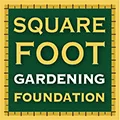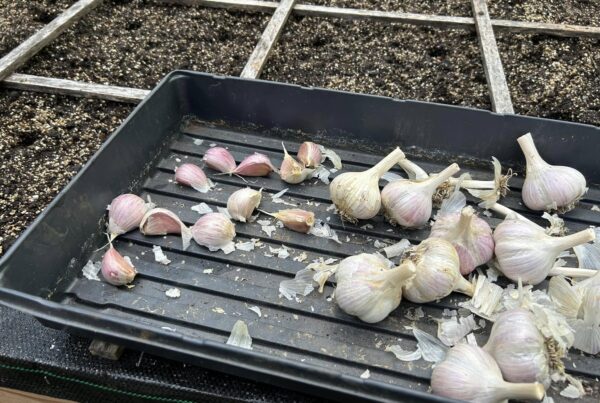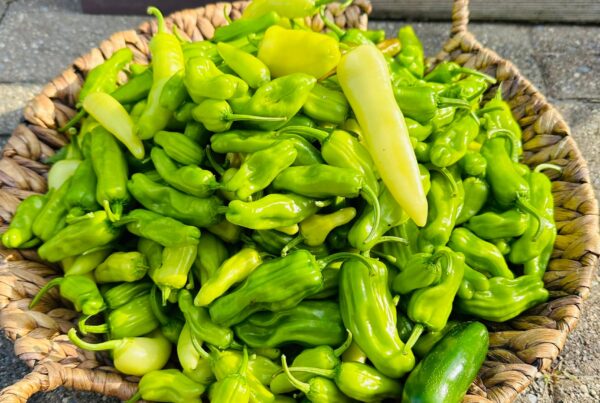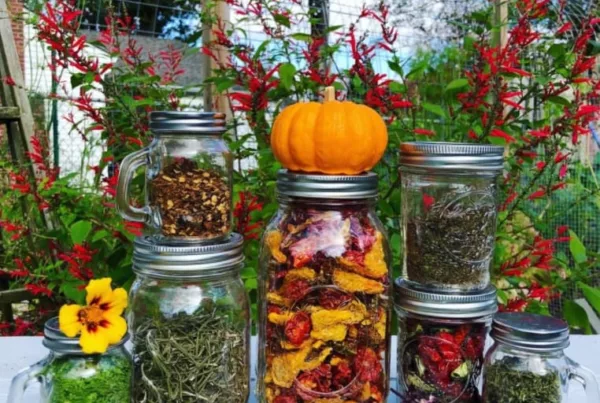Written by Nicole Holland
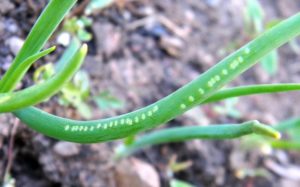 Allium leaf miners (ALM) are an invasive species that are relatively new to the U.S. These pests have been devastating allium crops in Europe for some time, and since being discovered in Pennsylvania in 2015 they have been spreading throughout the Northeast U.S.. No matter where you live, it’s good to be aware of the potential spread of the ALM to your area as it has the potential to cause total crop loss – especially for home and organic gardeners who do not use chemicals or pesticides. Keep reading to learn more about this invasive pest and find out how to prevent it from damaging vegetables in your SFG this fall.
Allium leaf miners (ALM) are an invasive species that are relatively new to the U.S. These pests have been devastating allium crops in Europe for some time, and since being discovered in Pennsylvania in 2015 they have been spreading throughout the Northeast U.S.. No matter where you live, it’s good to be aware of the potential spread of the ALM to your area as it has the potential to cause total crop loss – especially for home and organic gardeners who do not use chemicals or pesticides. Keep reading to learn more about this invasive pest and find out how to prevent it from damaging vegetables in your SFG this fall.
Allium Crops in Potential Danger
Allium crops such as leeks, onions, garlic, chives, and scallions are affected. Adult ALM emerge in both the spring (March through early May) and fall (late September to early November). They will feed on the leaves of allium crops before laying eggs on (or in) the plant. The larvae will then feed on the leaves and “mine” their way down towards the base of the plant and eventually into the bulb itself. The destruction done by the ALM causes plants to be more susceptible to pathogens and disease, and they also can ruin a harvest when infestation is discovered in the bulbs.
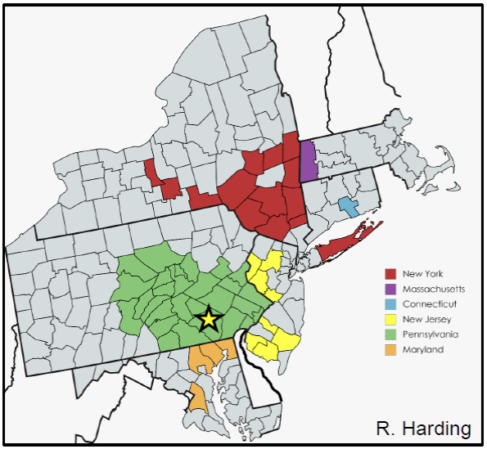
Map by Riley Harding from Penn State
ALM Identification and Symptoms
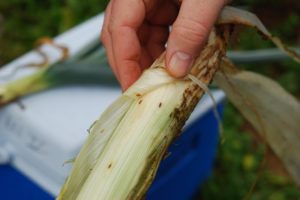 The adult ALM often leaves a linear pattern of white puncture wounds along the leaves of affected allium crops. They can also cause the leaves to display a curled or distorted appearance.
The adult ALM often leaves a linear pattern of white puncture wounds along the leaves of affected allium crops. They can also cause the leaves to display a curled or distorted appearance.
Tiny, white eggs can sometimes be observed on leaves. White to yellow larvae can be found mining through the leaf tissue. Pupae can be found closer to or in the bulb of the plant and appear as 3.5 mm brown ovals. Adults can be tough to identify but are brown to black colored flies with some yellow on the head.
Proactive Protection – What to Do
The best way to control the ALM is to prevent it from invading your SFG altogether by using insect netting or row covers. You can easily build a protective dome made from PVC pipes, insect netting, and zip ties to cover your allium crops during the spring and early fall when the adult ALM is active. This will prevent the ALM from laying eggs on your plants or in your Mel’s Mix™.
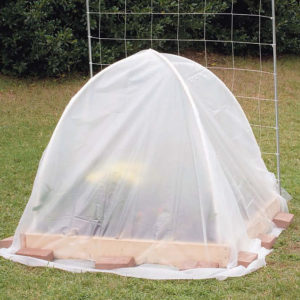 You can add another level of security by placing yellow sticky traps inside the netting to ensure that no ALM are getting in. Other methods that may help reduce (but not eliminate) pest damage include avoiding the planting of allium crops during the time the adult ALM is active, companion planting with mint or lemon balm and using organic neem oil spray.
You can add another level of security by placing yellow sticky traps inside the netting to ensure that no ALM are getting in. Other methods that may help reduce (but not eliminate) pest damage include avoiding the planting of allium crops during the time the adult ALM is active, companion planting with mint or lemon balm and using organic neem oil spray.
As we head into the fall growing season when many gardeners plant their garlic and onions, keep an eye out for signs of the ALM and consider covering your crops if you live in or near the affected areas. If you suspect any ALM in leaves, sometimes it is best to remove or destroy any affected plants to prevent spreading – but never put affected leaves in your compost pile. If pupae are found within the bulbs at harvest, this may affect the storage life of the crop. Do your best to use any affected bulbs sooner than later, or you can also dehydrate and make some homemade garlic or onion powder. If you have been visited by this devastating pest, it is also a good idea to contact your local extension agent.
Find more info at:
https://extension.umd.edu/resource/allium-onion-leafminer
https://cpb-us-e1.wpmucdn.com/blogs.cornell.edu/dist/f/575/files/2020/05/NYSDAM-ALM-Fact-Sheet_CT.pdf
Allium Leafminer: A New Culprit Targeting Allium Crops in Pennsylvania and Neighboring States – Rodale Institute
